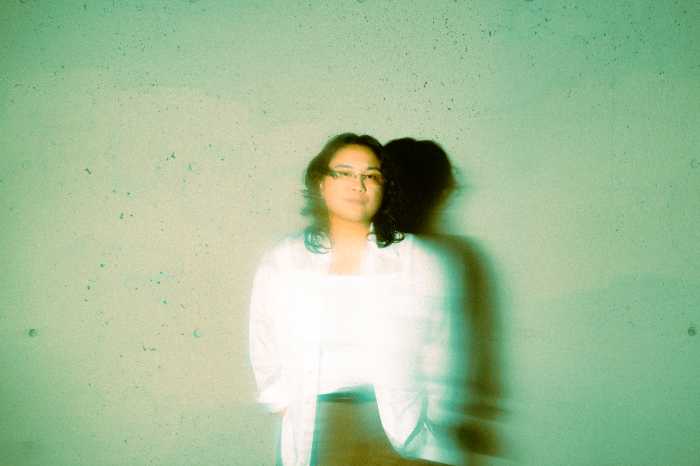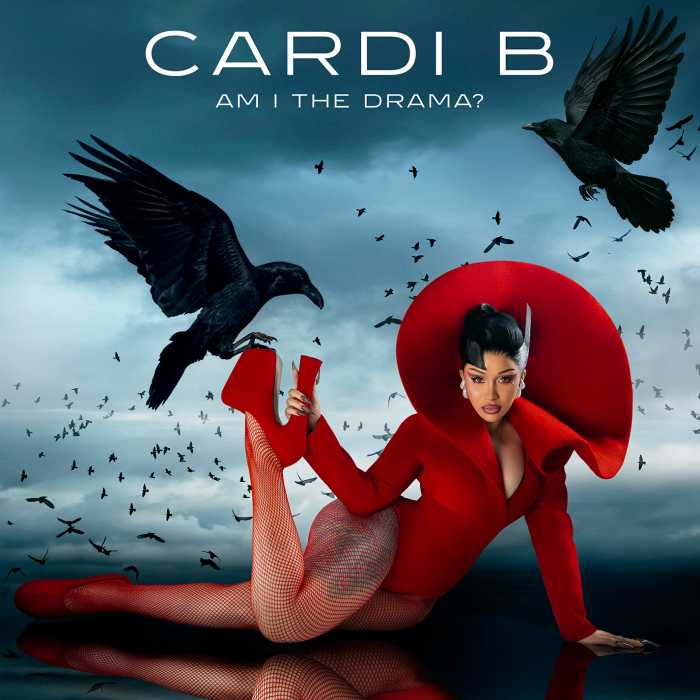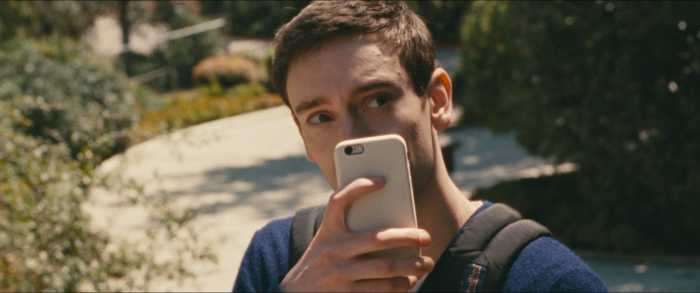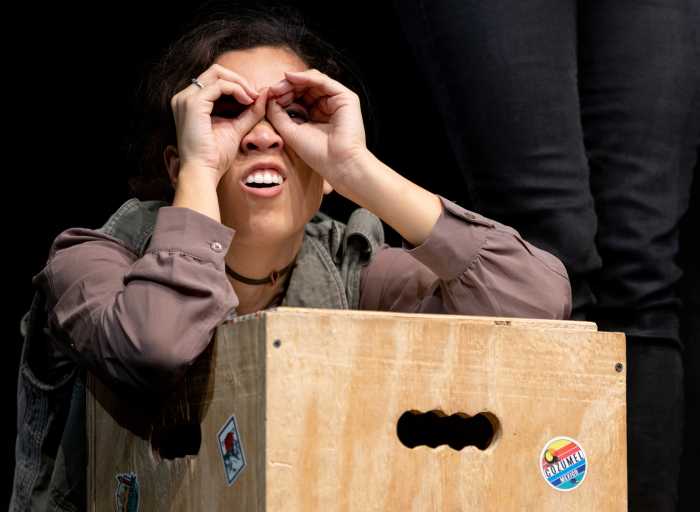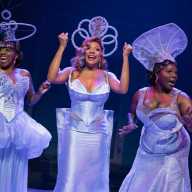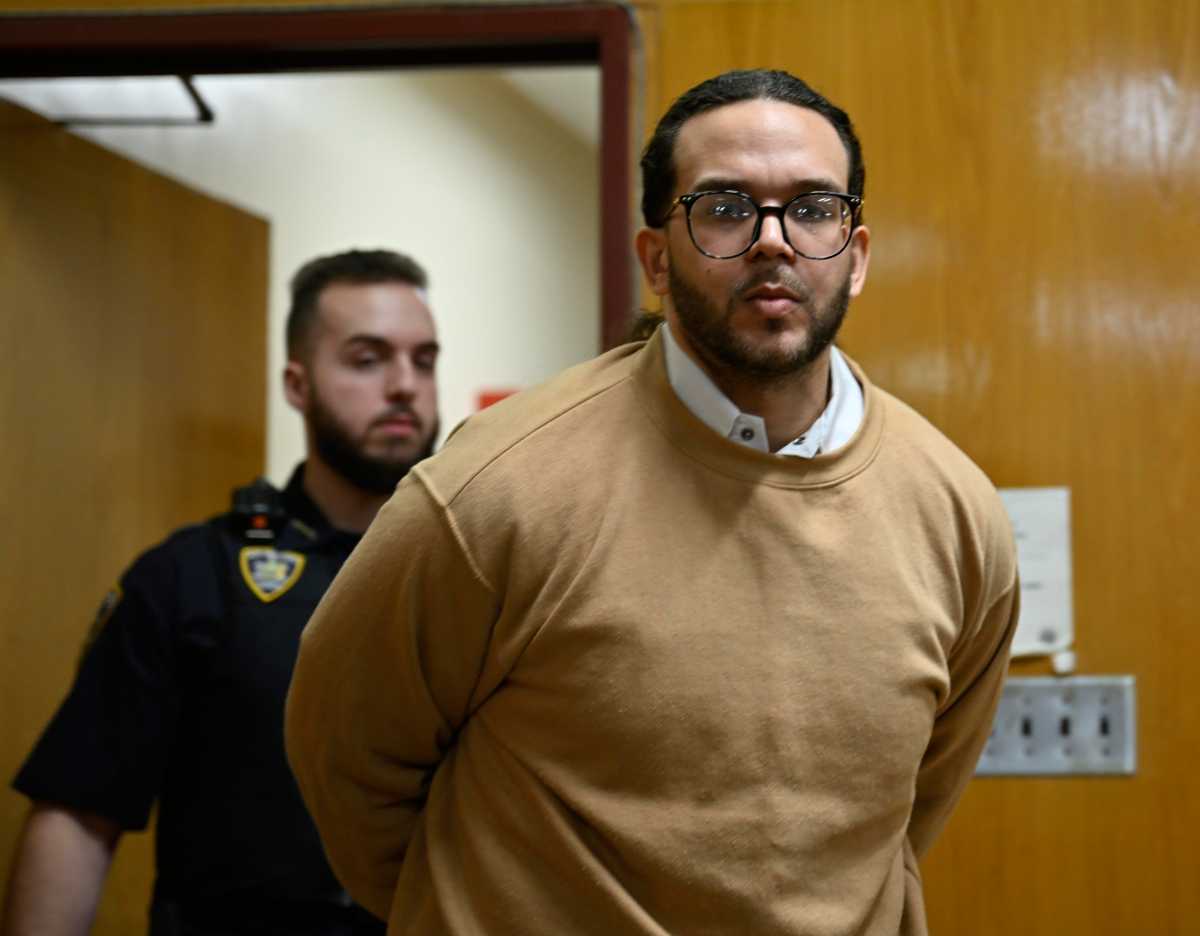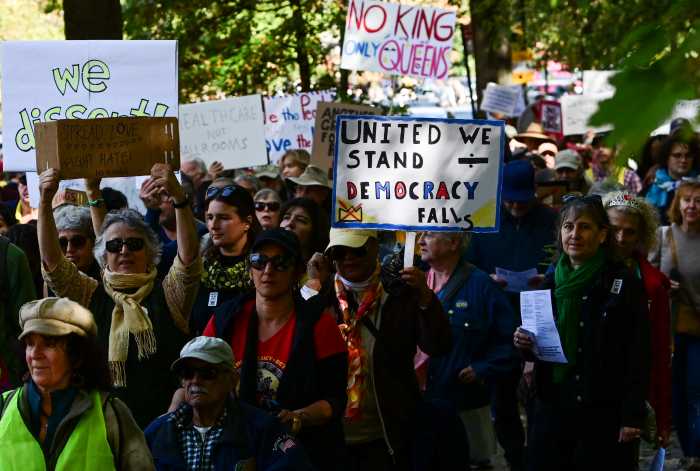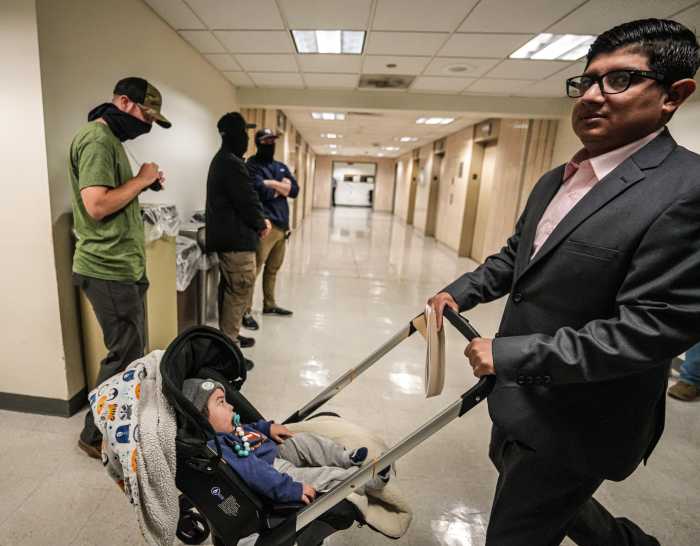Chicago's Takesha Meshe Kizart as Lenora stands out as a singer to watch.
By: ELI JACOBSON | Verdi's “La Forza del Destino” is considered a musically great but dramatically rambling and unwieldy work. The central trio of noble characters are dogged by cruel twists of fate and truly incredible coincidences surrounded by a picaresque and tangentially related array of comedic military and monastic characters.
Verdi's intention of composing a “Shakespearean” opera that blends high tragedy and low comedy in the fashion of the Bard's historical tragedies has been misunderstood by critics and conductors resulting in crippling cuts and rearrangements. The comic subplots balance out the stark revenge melodrama of Don Alvaro, Leonora di Vargas, and her brother Don Carlo. However trivial and annoying these comic episodes can seem, cut them and the balance of the work is damaged.
Verdi himself tinkered with the work from 1861 to 1869, but the version we usually see is his last one, performed at La Scala in 1869. The work was commissioned by the Russian Imperial opera and first performed in 1862. Philip Gossett has been editing a critical edition of the score of “La Forza del Destino” and the decision was made to perform the corrected 1862 St. Petersburg score on July 26 as part of this summer's Caramoor Festival.
The appearance of this critical edition was facilitated by the fall of the Iron Curtain — the original orchestral parts in the archives of the Maryinsky Theater in St. Petersburg are now available. However, live performances of this version in this country are rare and this was the performance premiere of this edition.
Many episodes remain the same from the more familiar final Milan revision. However, some things were perfect in their original state, while several of Verdi's 1869 revisions are sorely missed. The famous overture is one casualty; originally, the opera started with a short prelude.
Perfect in its original form was the Act III encampment scene, which ends with a stirring scena for the monastery-bound tenor. This was cut for being too old-fashioned in form — Verdi was conscious of new musical trends — but also because the music tailored for the great tenor Tamberlick was too taxing for the average tenor. Caramoor's stalwart tenor, Emmanuel di Villarosa, sang it transposed down a tone as sanctioned by Verdi himself for an early revival, thus avoiding a tricky high C.
The convent scene duet between Padre Guardiano and Leonora has some different vocal lines that are higher and more florid for the soprano.
A major difference is the final scene that ends with Don Alvaro cursing himself, God, and the monks and hurling himself off a cliff – a pessimistic finale worthy of Dostoevsky, but rather strong stuff for Italian Catholic religious censors and audiences. In the Milan premiere, this scene is replaced by a sublime trio where the Abbot orders a humbled Alvaro to prostrate himself before God while Leonora dies to sweetly ethereal phrases.
Sweetly ethereal phrases were not lacking from the Leonora of Takesha Meshé Kizart, an African-American soprano from Chicago, grandniece of blues legend Muddy Waters and Grand Prize-winner of the 2006 Voci Verdiane competition. Remember that name, memorable as it is, because this girl has the stuff that operatic stars are made of.
Rich purple tone in the middle, dusky bottoms that are focused and firm, and a silvery, soaring top, this is a voice that promises much and is already delivering over 90 percent of the promise. The rest will come with careful grooming and the right repertory. The voice clearly is still developing from a big lyric to a full Verdi spinto and that development must not be rushed. It also helps that she is a slim, shapely, and attractive young woman with expressive eyes and strong dramatic instincts.
Also standing out in the cast were mezzo-soprano Kirsten Chavez as Preziosilla and baritone Marco Nistico as Fra Melitone. Chavez sang with the sensual charisma of a Carmen and the agility of a Rossini virtuosa. Nistico's native Italian diction and gift for characterization free of standard buffo shtick made Melitone a much needed comic leavening.
Tenor Emmanuel di Villarosa sang the punishing role of Don Alvaro. He has a mellifluous lyrical tone in the middle and firm if sometimes slightly compressed high notes. His aria “Tu che in seno agl'angeli” was a vocal highlight.
Georgian baritone Zurab Ninua as Don Carlo di Vargas has a large but rather grainily monochromatic tone, but given the current drought of dramatic Verdian baritones one must respect his firm top and broad phrasing. Polish basso profondo Daniel Borowski impressed with that awe-inspiring resonance Slavic basses claim as their birthright, but I was dismayed by some strained high notes and misaligned registers.
Will Crutchfield conducted the Orchestra of St. Luke's with deep sensitivity, exploring the varied dynamics, accents, and surprising contours of the score newly revealed in this edition.
The greatest revelation of this performance was how Verdi's one opera written for Russia influenced and prefigured two essential works of Russian culture created around the same time – Tolstoy's “War and Peace” and Mussorgsky's “Boris Godunov,” works that place aristocratic tragedy against a wide-ranging wartime panorama of high and low life.

